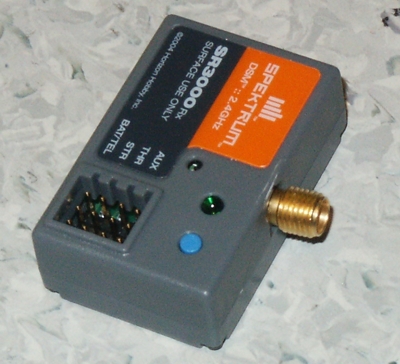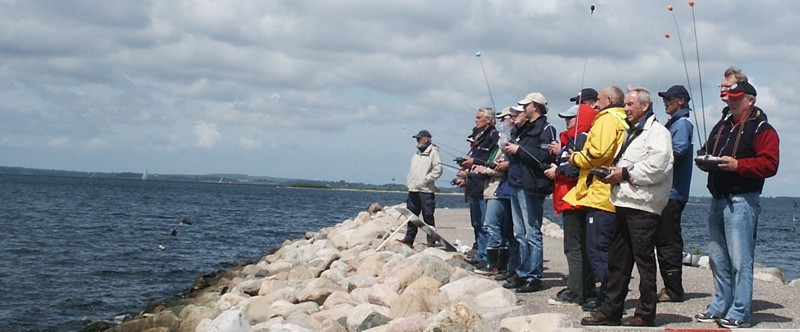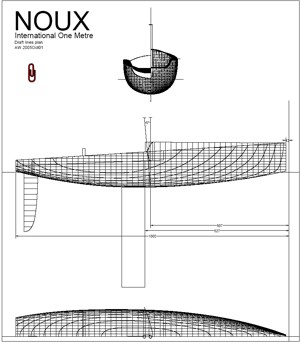
This is the modified Spektrum receiver I have been using with my Futaba 3VCS this season.
Continue reading Spektrum Receiver Antenna Modification
Measuring the closeness of competition ?

I've been wondering if it is possible to measure the level of competition in IOM regattas. Here's one way to possibly do it. I've looked at the winning skippers net score and divided that with the number of races. So we can see that to win a world championship you don't have to win every race - an average score of around 4-7 will do !
The green dots are from various national championship scores I've found.
The red squares are nordic events - I see a clear increasing trend !
The blue dot's is our national Finnish ranking series - we see that there is still room for improvement.
Ofcourse this is not an ideal way of measuring the level of competition. If one single skipper takes command of most of the races the racing behind him/her might still be really fun... but I do think my plot shows something of the truth.
If anyone wants to send in results with the number of races sailed, the number of discards, and the winners points, I'd be happy to add them to this plot when I have time.
Update: Odd-Oivind Kure commented that what this really shows is not the level, but the 'closeness' of competition. That's true, so I've changed the title. (although from looking at the graph there definitely seems to be correlation between level and closeness).
2005 Nordic Cup 3: Saltsjöbaden, Stockholm

25 sailors from the nordic countries (DEN, FIN, NOR, SWE) gathered in Saltsjöbaden, just south of Stockholm, on the weekend of 15-16 October 2005 to sail in the third and final Nordic Cup event in the IOM class.
Continue reading 2005 Nordic Cup 3: Saltsjöbaden, Stockholm
NJK Höstregatta
I was on the race committee when NJK arranged the last dinghy regatta for the season. In between laying the top marks and checking that the course was reasonably straight I had time to take some pictures.
Continue reading NJK Höstregatta
Noux lines plan
Montpellier, France

With a travel grant from the Chancellor I was able to attend the IUPAB & EBSA International Biophysics Congress in Montpellier 27 Aug - 1 Sep 2005.
Here are some pictures from the trip.
Continue reading Montpellier, France
www.anderswallin.net launched
Blog launched. The idea is to move over all my previously separate webpages to this system: homepage, iom-pictures, iom-info, and radiosailing links.
moving all the material will take some time...
this site is hosted at dot5hosting and runs WordPress.
The theme is my own modification of the default theme. It's a fixed width theme, meant to be viewable on a 1024 pixel wide screen and the post area is wide enough for a 800 pixel image.
6 mR Sailing: Sinebrychoff Challenge

I was on the race committee when NJK organized the annual Sinebrychoff Challenge for 6 mR yachts just outside central Helsinki.
IOM Hull Hydrostatics
2005 IOM Nordic Championships, Veddelev, Denmark

28 boats from three nordic countries(4 FIN, 8 NOR, and 16 DEN) gathered in Veddelev, just north of Roskilde, over the weekend of 11-12 June 2005 to sail for the Nordic Championships.
Continue reading 2005 IOM Nordic Championships, Veddelev, Denmark

